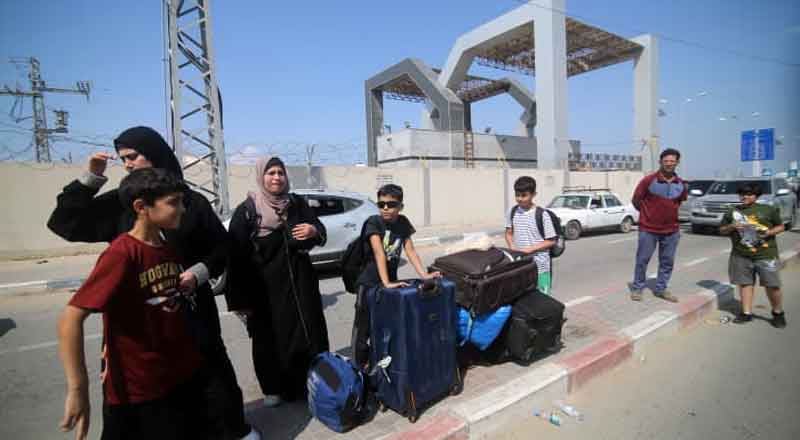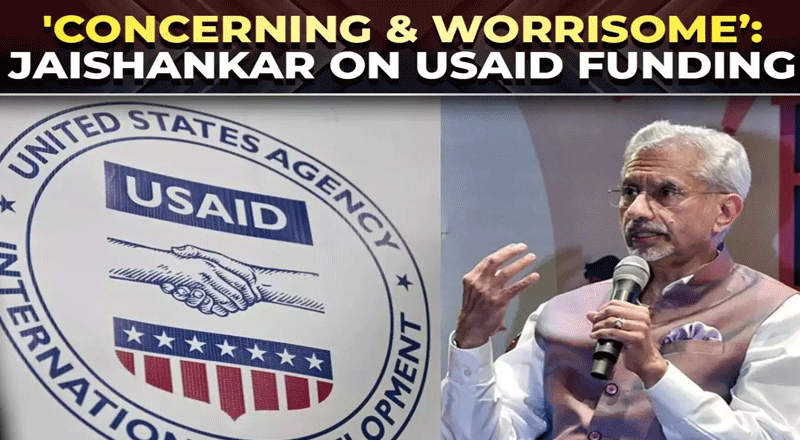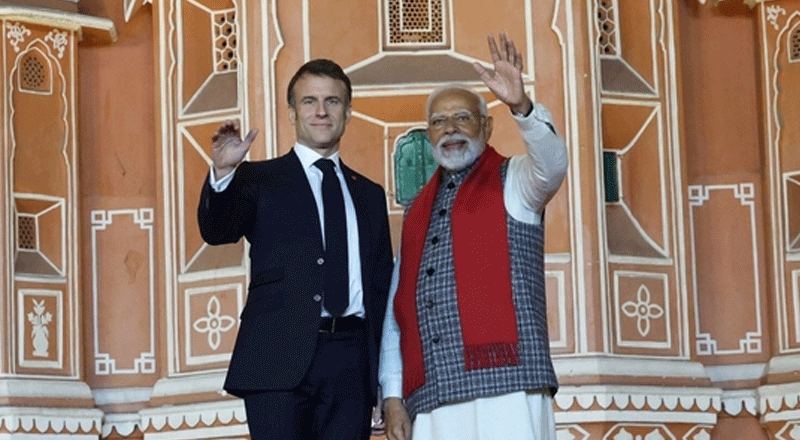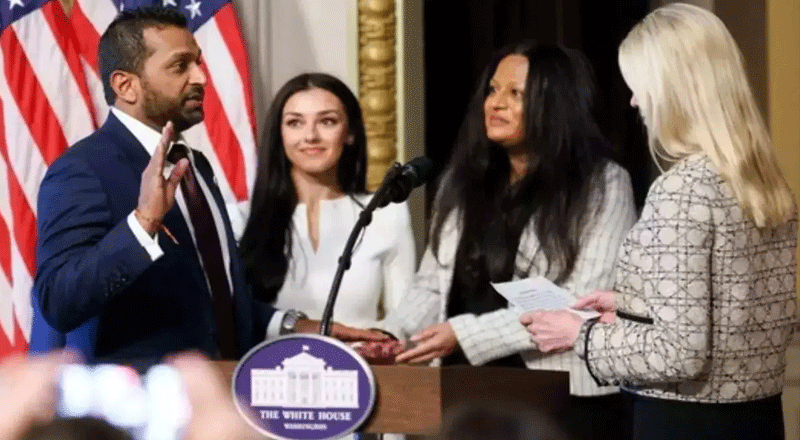Egyptian aid trucks moved closer on Tuesday to the only crossing to Gaza not controlled by Israel, but with no agreement in place to deliver relief and the Palestinian side still closed due to strikes it was unclear when they might pass through.
At least 49 people were killed in the overnight Israeli bombardment of Rafah, where the crossing is located, and the nearby town of Khan Younis, Gaza’s interior ministry said.
Some people with dual citizenship who have gathered in recent days awaiting the opening of the Rafah crossing began approaching the border on Tuesday, but many said they were staying away due to the air strikes.
After nine hours of negotiations, U.S. Secretary of State Antony Blinken said early on Tuesday he had agreed with Israel “to develop a plan” to get aid into Gaza.
Egypt says the Rafah crossing, a vital artery before the fighting and now a key route for desperately needed supplies into the Israeli-besieged Palestinian enclave, has not been officially closed but has become inoperable due to the Israeli air strikes on the Gaza side.
Early on Tuesday, some 160 trucks left al-Arish in Egypt’s Sinai peninsula, where hundreds of tonnes of aid have been awaiting an agreement on aid delivery, an eyewitness told Reuters. Ahmed Salem of the Sinai Foundation said that the trucks heading for the border contained Egyptian aid and that the international aid remained in warehouses in al-Arish. Salem and another security source said Egypt had repaired the roads within the crossing that had been damaged by Israeli strikes.
Israel began its intense bombardment and siege of Gaza following a devastating assault by Islamist Hamas militants on Oct. 7. The territory’s 2.3 million residents have been left without power, pushing health and water services to the brink of collapse, with fuel for hospital generators running low. Hundreds of thousands of people have been displaced.
A U.N. spokesperson said on Monday that no progress had been made on the Rafah opening and that fighting on roads key to the aid delivery made it difficult to operate. Blinken lobbied hard for a plan as leaders of the half dozen Arab states that the top US diplomat toured in recent days had all conveyed that getting aid into Gaza should be a top priority, a senior US official said.
Blinken said both the US and Israel were concerned that Hamas would seize or destroy the aid. This concern, along with fears that aid would be used as cover for weapons, had hindered a planned delivery on Monday, two Egyptian security sources said.
An understanding was reached that the aid would be delivered to specific secure locations in Gaza under monitoring, the security sources said, in exchange for limited evacuations of foreign passport holders, though there were Palestinian fears that that could result in de facto forced displacement.
A senior US official said such a plan had not yet been agreed. The official said Biden’s newly appointed envoy for humanitarian affairs in the Middle East, David Satterfield was going to meet with the Israelis on Tuesday and start hammering out the details of the plan.
The Israeli military is getting ready for the next phase of its campaign against the Gaza Strip but plans may not conform to widespread expectations of an imminent ground offensive, an army spokesperson said on Tuesday.
“We are preparing for the next stages of war. We haven’t said what they will be. Everybody’s talking about the ground offensive. It might be something different,” Lt Colonel Richard Hecht told a regular briefing with reporters.
(With inputs from agencies)





